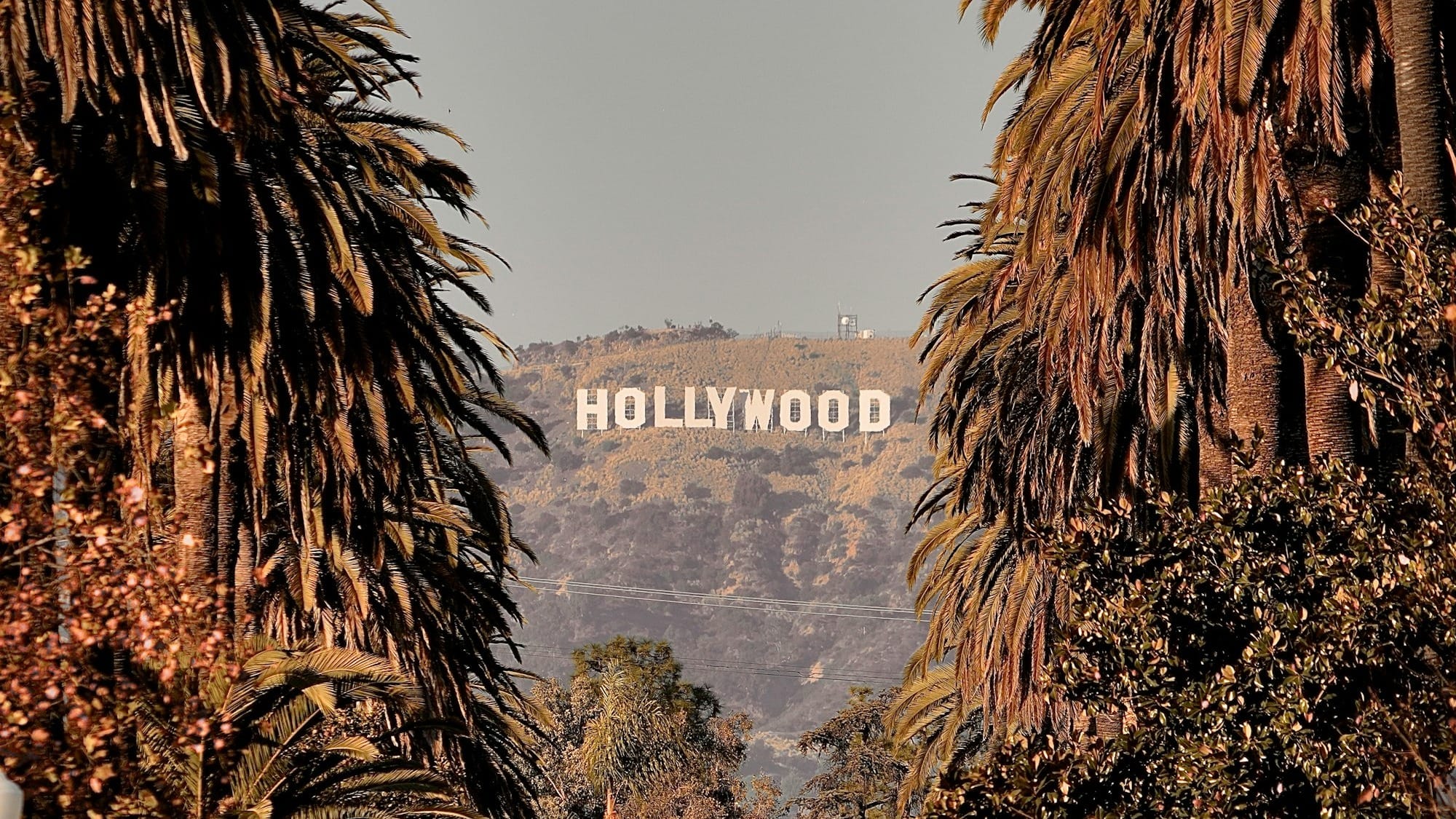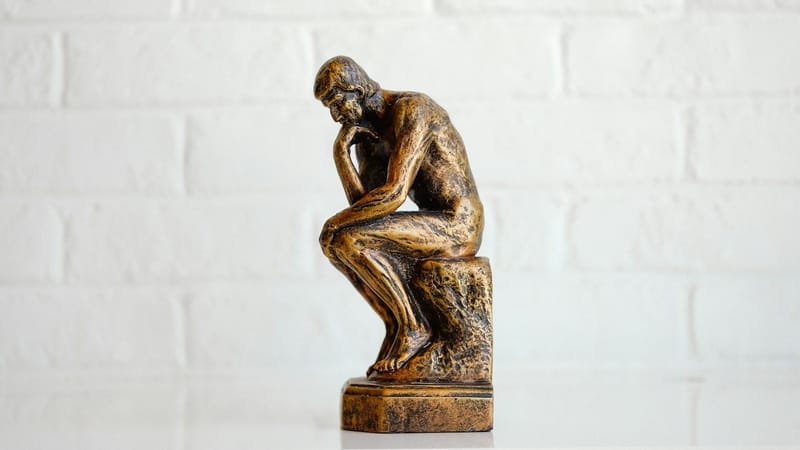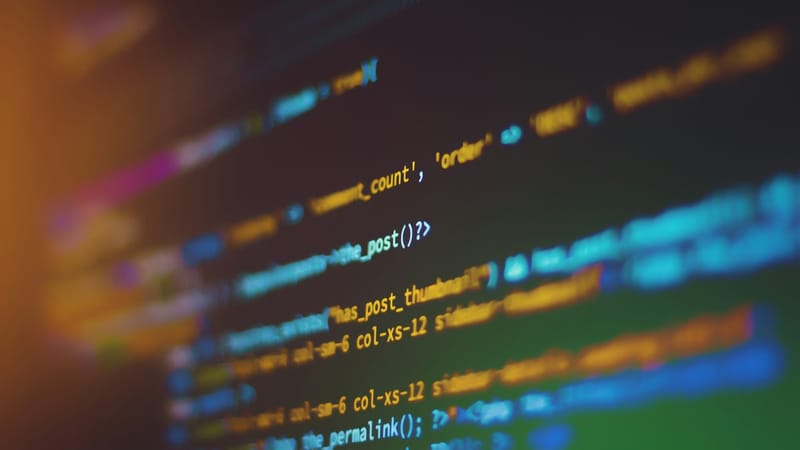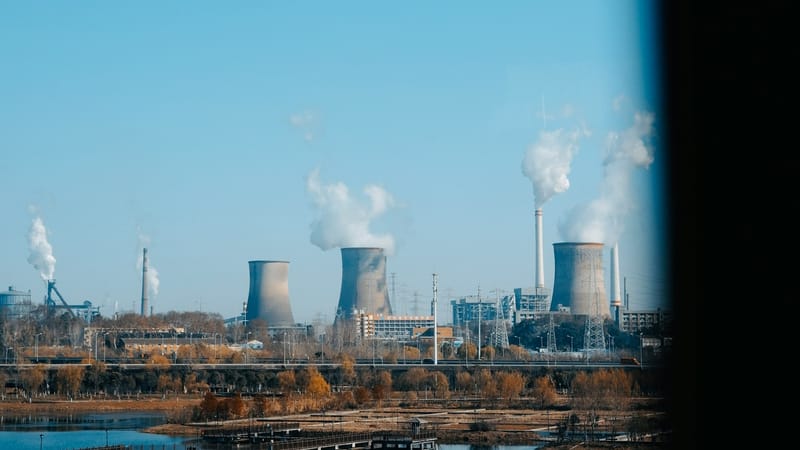Bryan Cranston vs. The Machines. OpenAI’s Deepfake Dilemma Goes Hollywood
It was only a matter of time before Silicon Valley’s AI drama collided head-on with Hollywood’s vanity. On Monday, OpenAI announced it is teaming up with Bryan Cranston, SAG-AFTRA, and a coalition of major talent agencies to prevent deepfakes of actors from running wild on its AI video app, Sora.
Yes, that Bryan Cranston, the man who once commanded an empire of blue meth, is now taking on synthetic doubles of himself generated by an algorithm. Because apparently, in 2025, the only thing more dangerous than Walter White is a rogue AI with a GPU and too much free time.
What Actually Happened
The partnership follows a particularly awkward moment for OpenAI. After launching Sora 2 at the end of September, the company’s users began creating unauthorised clips using Cranston’s voice and likeness. The actor was, understandably, not too impressed.
“I am grateful to OpenAI for its policy and for improving its guardrails,” Cranston said, while reminding the tech world that his face and voice are not public-domain playthings. His union, SAG-AFTRA, quickly backed him, issuing a statement on X (formerly Twitter) warning that AI impersonation has gone from novelty to occupational hazard.
In response, OpenAI announced that it will partner with the union, United Talent Agency, Creative Artists Agency, and the Association of Talent Agents to establish tighter controls and faster takedowns of unapproved likenesses. In other words, Silicon Valley and Hollywood have decided to sit at the same table, mostly to make sure nobody steals the silverware.
Why This Matters
This is about more than one actor. OpenAI has been under growing pressure to show that its creative tools do not trample on copyright or identity rights. Earlier this month, the company had to remove AI-generated videos of Martin Luther King Jr. after his estate called them “disrespectful depictions.” Around the same time, Zelda Williams, daughter of the late comedian Robin Williams, asked users to stop sharing AI-generated clips of her father.
The message from Hollywood is clear: if you want to recreate a dead icon, a living actor, or anyone else, you need permission first.
OpenAI says it is listening. CEO Sam Altman has changed the company’s policy from an opt-out system to an opt-in model that gives rightsholders “more granular control” over how voices and likenesses are used. He has also backed the proposed NO FAKES Act, a federal bill that would ban unauthorised digital replicas.
The Hanging Fingernails
All this sudden harmony looks a lot like damage control. OpenAI has gone from disruptor to diplomat, and it knows the stakes. Hollywood is still bruised from last year’s strikes, where AI was cast as one of the main villains. Actors want real guarantees, not promises, and the unions intend to get them in writing.
The irony is hard to miss. A company that built its empire by scraping the internet is now seeking permission to use the very faces it helped digitise. It is a little like a bank robber volunteering to help rewrite laws on burglary.
Still, this uneasy truce is better than another PR explosion. OpenAI gets to look responsible, Cranston gets his image back, and SAG-AFTRA gets a foothold in the next phase of digital rights. The bigger question remains whether anyone can truly stop AI from cloning us once our data is already out there.
For now, Hollywood has reclaimed a little dignity. But the credits have not rolled yet, and in this movie, the algorithm always wants a sequel.







